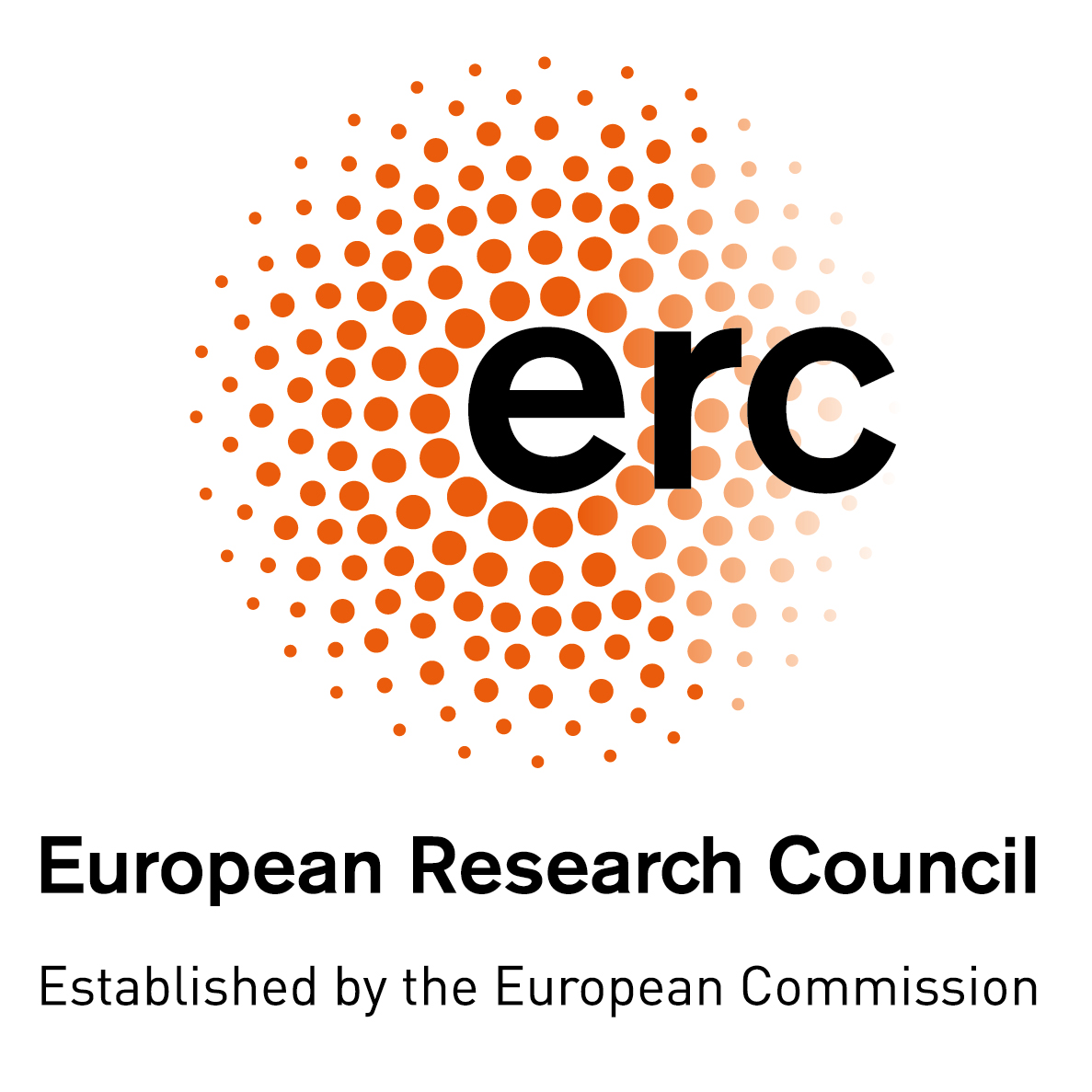

-
Humanities and the arts
- African history
Legacies of slavery tend to affect societies deeply, but in inland East Africa have remained little explored. This project aims [1] to establish what happened to the hundreds of thousands of slaves present in mainland East Africa in ca. 1900 and to their descendants over the twentieth century, [2] to explain why the aftermath of slavery is so little discussed in the written sources and historiography of the region, and [3] to trace the social and political legacies of slavery up to the present. It will combine historical and anthropological methods, and, besides post-slavery, addresses questions pertaining to public history, social mobility, marginality and inequality, gender, and understandings of freedom. It pursues them through a series of place-specific case-studies tracing different courses and outcomes within the region, and through comparative work, both between the case studies and with studies on the aftermath of slavery in West Africa, the Indian Ocean and the Americas. The project is ground-breaking through its long-term time frame, its wide-ranging combination of methods, and in questioning established assumptions, e.g. about the meaning of ‘freedom’ for ex-slaves. It is high-risk in the sense that the field researchers leading the case studies will need good knowledge of Swahili, good social contacts and the flexibility to identify and follow emerging leads wherever they take them. It is feasible because the proposed research program and conceptual frameworks can be adapted as the work develops, and given the obscurity of the regions, groups and questions involved, the resulting gains to knowledge will be major. It is high-gain because it will fill a gaping hole in current knowledge, and establish how people in East Africa coped with the toxic legacy of slavery, which often presents intractable problems, apparently with little disruption. The resulting comparisons will contribute to a better understanding of tensions in other post-slavery societies.